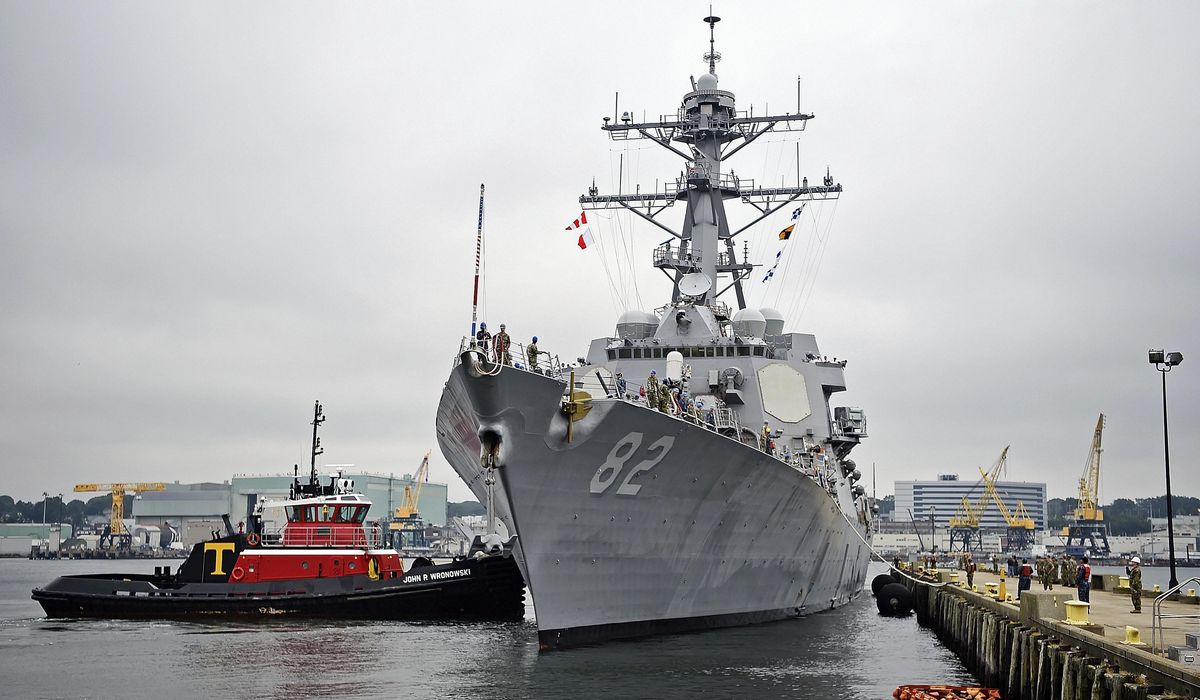


President Trump’s announcement Tuesday night that the White House is setting up a special office for U.S. shipbuilding is an urgently needed step to confront China, said retired Navy Capt. James E. Fanell, a former Pacific Fleet intelligence director.
“The president’s announcement of the creation of the Office of Shipbuilding is a visible reflection of the existential threat that the PRC’s 30-year naval and maritime modernization program represents to America’s national security,” Capt. Fanell told Inside the Ring.
Mr. Trump said the office will bolster the defense industrial base and “resurrect the American shipbuilding industry” — both commercial and military.
“We used it to make so many ships,” Mr. Trump said. “We don’t make them anymore very much, but we’re going to make them very fast, very soon. It will have a huge impact.”
Beginning in 1995, when the Navy dispatched two aircraft carrier groups in a show of force near Taiwan, the Chinese regime has been engaged in a large-scale maritime modernization that transformed the People’s Liberation Army from a coastal defense force into the world’s largest navy. The transformation, fueled by a dramatic surge in investments in shipbuilding, produced a major shift in the balance of power between the Navy and its PLA rival.
The Office of Naval Intelligence revealed in a report that the Chinese shipbuilding industry is over 200 times the size and capacity of that of the U.S., which has atrophied since the end of the Cold War.
Capt. Fanell compared the creation of the new office to the Two-Ocean Navy Act of 1940 led by then-Sen. Carl Vinson, a law that was critical for the Navy’s preparations to fight Japan after the Pearl Harbor attack.
“Not only does this action provide critical support to America’s national defense, it also provides Americans a new sector for new jobs. This truly is a win-win announcement,” he said.
The Pentagon’s annual report on the Chinese military said the PLA navy is numerically the largest in the world, with over 370 warships and submarines, including more than 140 major combatants.
Adm. Sam Paparo, commander of the U.S. Indo-Pacific Command, said recently that the Chinese navy deploys about 83 “truly relevant combatant surface vessels, cruisers, destroyers.”
Better U.S. naval firepower and joint war fighting experience of Navy warships mean the U.S. naval forces “continue to have overmatch” over the PLA navy, he said.
• Bill Gertz can be reached at bgertz@washingtontimes.com.
